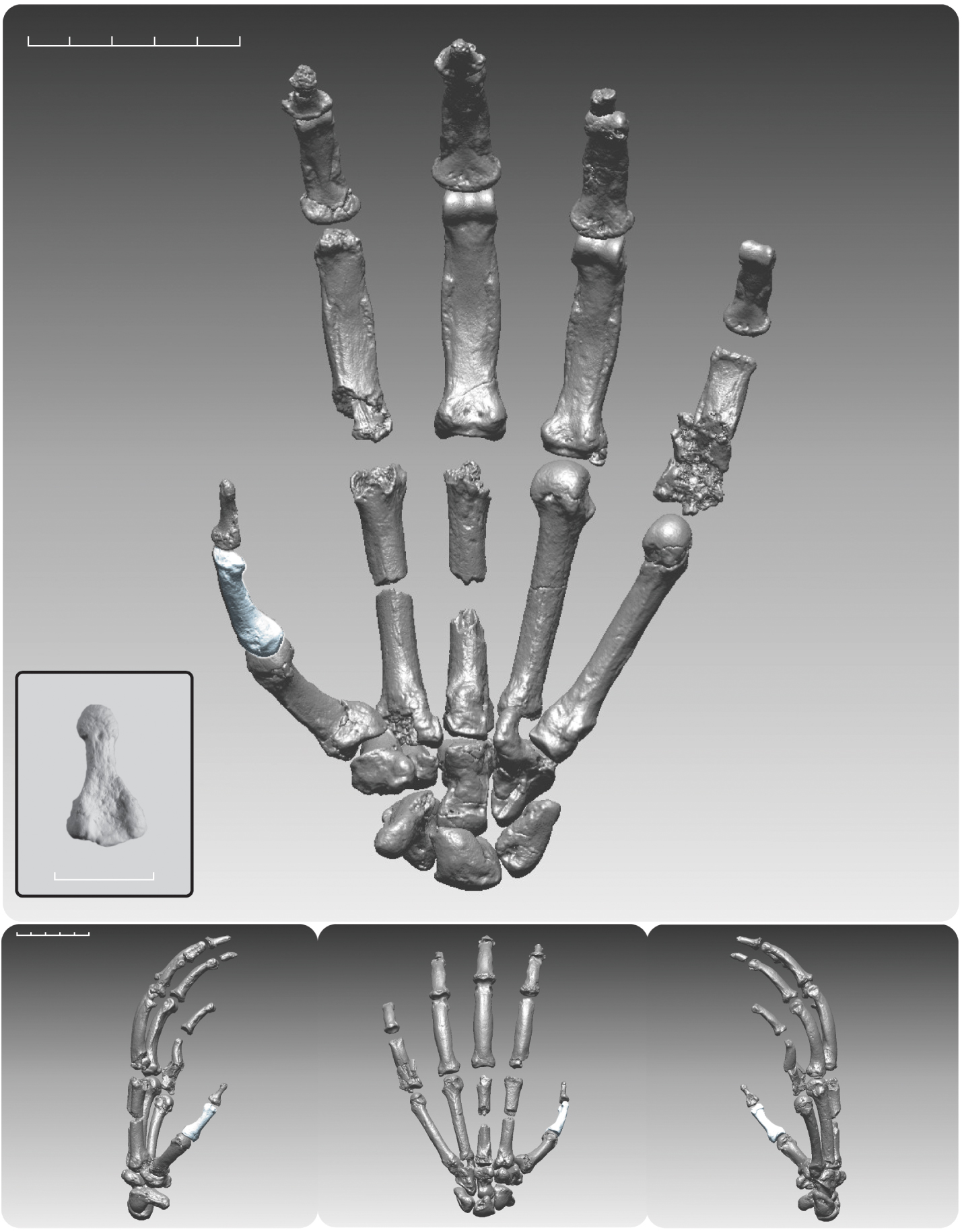

Other late Miocene European apes had adaptations for living on the ground, and some of these also shared characters of the skull with orang utans. Associated environments were subtropical deciduous woodlands and subtropical evergreen laurophyllous woodland in southern Europe.

This body plan was retained in part in some later Miocene apes (10 Ma), some of which also had more elongated limbs and hands (thumb length not known), and hind limbs modified for greater flexibility, analogous with the orang utan. Associated environments were deciduous woodland rather than forest. These adaptations may have been linked with more upright posture, as in the living apes, but unlike them, the hand phalanges were short, robust and less curved, and the thumb remained long. Towards the end of the middle Miocene (12 Ma), some fossil ape species had broadened chests, long clavicles, medial torsion of the humerus and re-positioning of the scapula to the back. In the early middle Miocene (15–16 Ma), apes were still monkey-like in body plan and posture and were associated almost entirely with non-forest, deciduous woodland habitats, with increasing evidence of terrestrial adaptations. Their hands had long and opposable thumbs, and the phalanges were curved. In the early Miocene (18–20 million years ago, Ma), fossil apes were pronograde arboreal slow climbers, associated mainly with forest environments and deciduous woodland and with some indications of terrestrial behaviour, particularly the larger species. They also occupied a range of habitats, of which tropical forest was only a part, and there is evidence of increasing terrestriality in the fossil record as it is known at present (2019). For much of their history, fossil apes retained many monkey-like features in posture and body structure.


 0 kommentar(er)
0 kommentar(er)
